Become and Aerospace Engineer
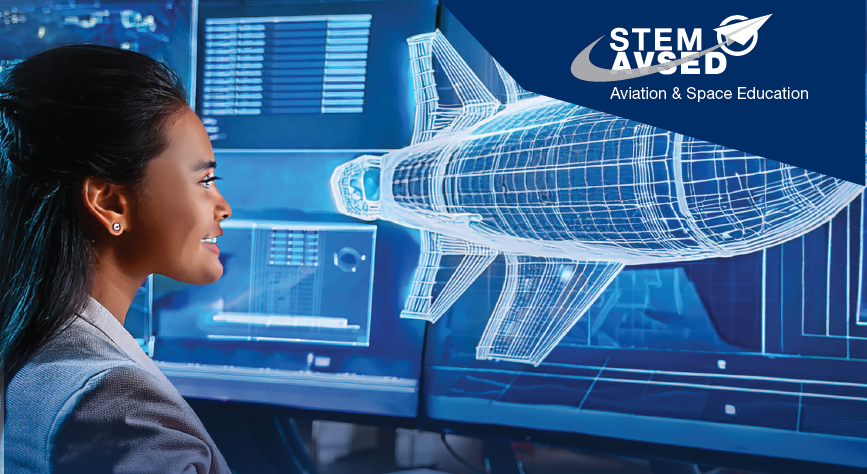
Design, invent, and innovate technology, structures, and processes, and find practical solutions to aviation needs.
 Civil
Civil
Design and construction of runways, terminals, and their infrastructure, such as roads, utilities, etc.
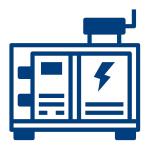 Electrical
Electrical
Design electronic systems, such as electrical circuits, telecommunications, generators, and motors.
 Software
Software
Design applications to make aircraft and air travel faster, more affordable, safer and/or easier to maintain.
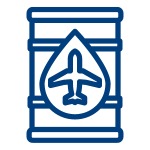 Chemical
Chemical
Work with raw materials processing to convert them into aircraft parts, fuel types used in aircraft, flammable or explosive compounds, or properties related to aircraft under pressure.
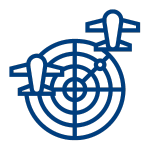 Electronic
Electronic
Work with electronic circuits, concerning electromagnetic or acoustical wave energy for purposes such as communication, measurement, and navigation.
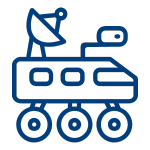 Aerospace
Aerospace
Design of aircraft, satellites, and space vehicles.
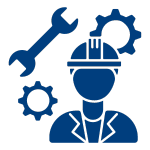 Mechanical
Mechanical
Design of integral aircraft systems, such as power and energy systems, aerospace products, etc.
- Creative
- Good time management
- Work well with others
- Balanced lifestyle
- Algebra I
- Algebra II
- Advanced Algebra
- Physical Science
- Statistics
- Calculus
- Trigonometry
- CAD I/II
- Biology
- Chemistry
- Physics
- Geometry
Employment Outlook Statistics
According to the Bureau of Labor Statistics (BLS), aerospace engineers can anticipate a 10% job growth rate between 2008 and 2018.
In 2009, engineers held about 2.4 million jobs. The median pay for an aerospace engineer is about $50.00 per hour.
Engineer unemployment for the next five years is expected to be 1%.
Get involved at your school today!
Engineering Projects and Organizations for Students
Real World Design Challenge (RWDC)
This challenge is an annual competition that provides high school students the opportunity to work on a real-world engineering challenge in a team environment.
Build a Plane (BAP)
This is a nonprofit organization dedicated to promoting aviation and aerospace by giving young people the opportunity to build real airplanes. Aircraft construction and restoration is not only exciting, but also provides a real-world application for learning science, technology, engineering and math (STEM).
American Institute of Aeronautics and Astronautics (AIAA)
The institute addresses the needs of engineers, scientists, and allied professionals who conceive, design, develop, test, construct, and operate air and space vehicles, and their associated subsystems as well as the educators who train the professionals, researchers who continuously renew the technology, managers who lead their efforts, and innovators who bring forth new concepts.
Attend an Aviation Career Education (ACE) Academy this Summer!
ACE Academies are summer educational programs for middle and high school students and last from one day to one week. Students experience instruction in aviation history, the physics of flight, field trips to aviation sites, and hands-on activities. Look for an ACE Academy in your area.
So, What's Next?
Here are just a few of the exciting things you can do as an engineer.
Smart Materials
Create a wing that thinks! Aerospace companies are exploring smart materials that can alter their properties to create highly efficient "changeable" wing structures.
Advanced Propulsion
Keep the planet green! Engineers are designing hybrid jet fuel electric systems, pulse detonation engines, and other advanced concepts to reduce a plane's carbon footprint while increasing power.
Supersonic Commercial Transport
Solve supersonic flight! Soon, passengers will fly from New York to Hong Kong in two hours! Engineers are working hard to reduce the noise and cost of highspeed flight including hypersonic global flight.
Unmanned Aerial Systems
Fly from your desk! Engineers are developing Unmanned Aerial Systems (UAS) for border security, science research, law enforcement, and firefighting. UASs will fly for months at a time improving cell phone reception, monitoring weather and mapping global changes. In addition, engineers are experimenting with autonomous control, which will be able to take off and land with no human input.
Your Future Begins Today!
FAA STEM AVSED Program
National Program Manager: James Brough
James.Brough@faa.gov
(202) 725-5175
For more information, visit www.faa.gov/education
